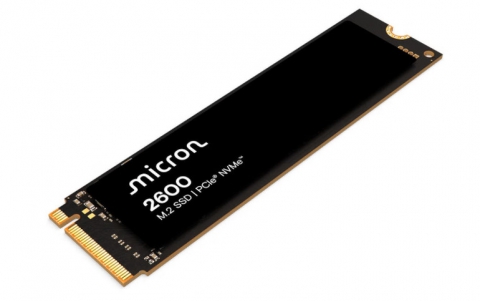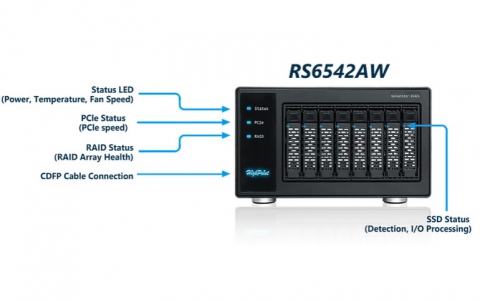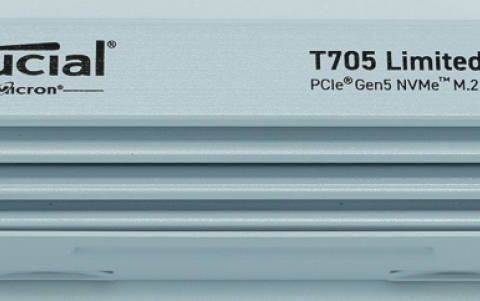
Cell phone virus turns up the heat
Cell phone viruses, largely considered a paper tiger in the digital security world, became a bit more dangerous this week with the release of a two-pronged program.
Writers have released a virus, known as Lasco.A, that spreads both through wireless connections and by attaching itself to files, antivirus company F-Secure said Monday. Until now, malicious cell phone programs have spread using one mechanism or the other.
"We have received a new Symbian malware that combines two spreading tactics, which is common in PC malware but previously unheard of in mobile systems," F-Secure said in a posting on its Web site.
The Lasco.A virus will attach itself to any application file on a phone that uses the Symbian operating system, F-Secure said. It is activated when cell phone owners click on the file and install it on their handsets.
"Thus any (application) file in the device that gets copied to another phone, as frequently happens as people swap software, will also contain a copy of Lasco.A," F-Secure said.
The program also acts like a computer worm, attempting to copy itself directly to any phone within range using Bluetooth wireless technology, F-Secure said. That capability is similar to several recent worms--variants of the Cabir worm--that have managed to spread to a limited amount of phones in the wild.
"We have received a new Symbian malware that combines two spreading tactics, which is common in PC malware but previously unheard of in mobile systems," F-Secure said in a posting on its Web site.
The Lasco.A virus will attach itself to any application file on a phone that uses the Symbian operating system, F-Secure said. It is activated when cell phone owners click on the file and install it on their handsets.
"Thus any (application) file in the device that gets copied to another phone, as frequently happens as people swap software, will also contain a copy of Lasco.A," F-Secure said.
The program also acts like a computer worm, attempting to copy itself directly to any phone within range using Bluetooth wireless technology, F-Secure said. That capability is similar to several recent worms--variants of the Cabir worm--that have managed to spread to a limited amount of phones in the wild.





















